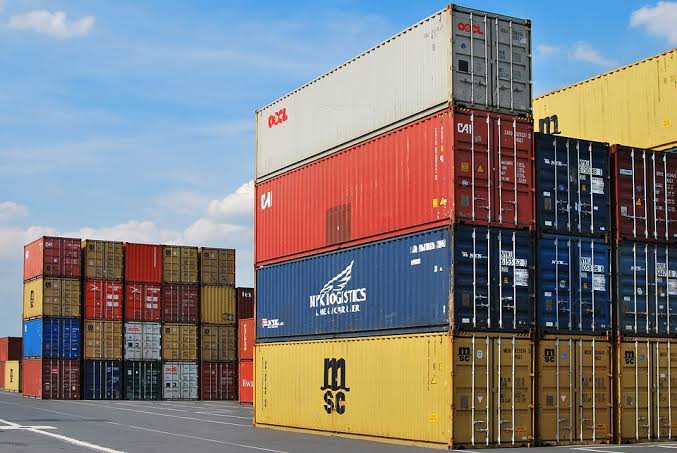The shipping bill is an essential document issued by the Customs Service Centre after the exporter applies to acquire this bill. This bill facilitates the exporter to get customs clearance, load the goods, and claim duty drawbacks. Exporter should submit the shipping bill copy or original to the bank after receiving payments from the clients.
Procedure of Shipping Bill
1. Application
The exporter’s IEC code should be registered with EDI. After that their authorized representative can apply for an export shipping bill to the Customs Service center. Exporter should provide original copy of invoice and packing list for filing of shipping bill. Indian Customs Electronic Gateway provides online service to apply for the shipping bill.
2. Checklist
This is followed by the generation of a checklist to the exporter or the custom housing agent. The CHA or the exporter verifies the checklist and informs the service center to generate final shipping bill. Please find draft of checklist below
3. Shipping Bill Number
The verified details are submitted to the EDI system by the service center. This system issues an automatic shipping bill number, endorsed on the checklist. Click here to see a shipping bill draft.
4. Assessment
Assistant Commissioner evaluates a consignment in case the value of exports exceeds INR 10,00,000, or contains samples worth more than INR 20,000 or the drawback amount exceeds INR 1,00,000.
5. Status Check
The exporter can check the status of the shipping bill with the service center. In case of any query raised, the same needs to be replied by the exporter through the center.
6. Let Export Order (LEO)
After completion of the process, the required original documents are submitted at the docks. ‘Let export’ order is issued and exporter receives the hard copy of the shipping bill.
What does Shipping Bill include?
1. General details of Exporter, Buyer, and the Custom agent.
2. Transportation and port of loading and discharge details.
3. Cargo details (gross and net weight, nature).
4. Invoice Details (number of the commercial invoice, nature of payment, the invoice value in both the currencies).
4. GST and export duty-related information.
5. Re-Export details (if any).
6. FOB price and insurance amount of the commodity.
7. Container Numbers.
8. Exchange Rate.
9. Duty Drawback Details (Subsidy by the Government).
10. Merchandise Exports from India Scheme (MEIS) Availed or Not.
11. Export Promotion Capital Goods (EPCG) details if any.
To conclude, a shipping bill is necessary to facilitate the moving of goods out of a country. It serves as a certificate for custom clearance. Generation of Shipping bill will happen only after completion of the custom clearance process for the goods. As per RBI guidelines, it is necessary to map foreign remittances received with the shipping bill of the export shipment. Exporter should map all foreign remittances received with the shipping bills. For generation of Bank Realisation Certificate (BRC) it is necessary to submit shipping bill and other documents to the bank. This is necessary in order to avoid blacklisting of IEC code of your company by RBI.

